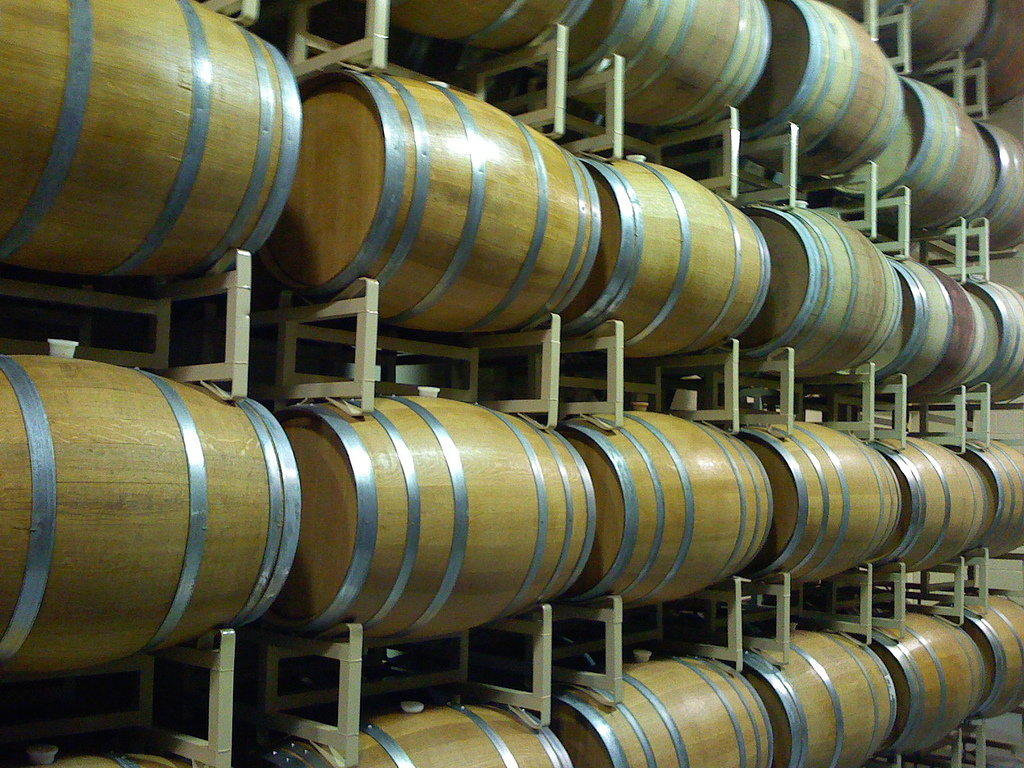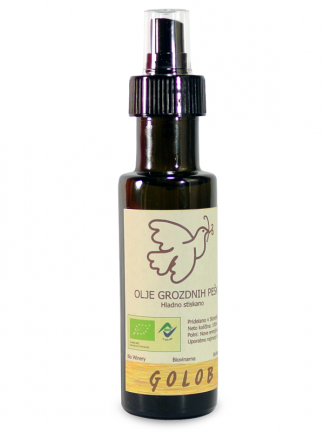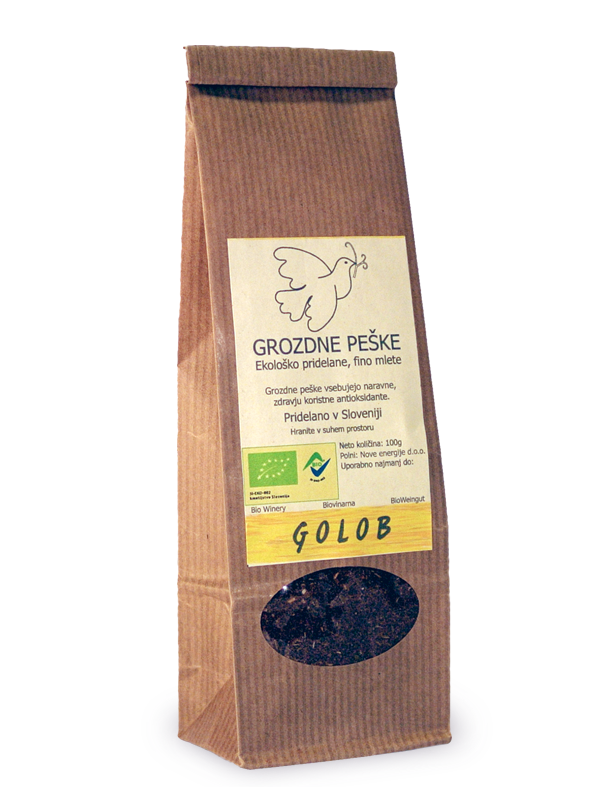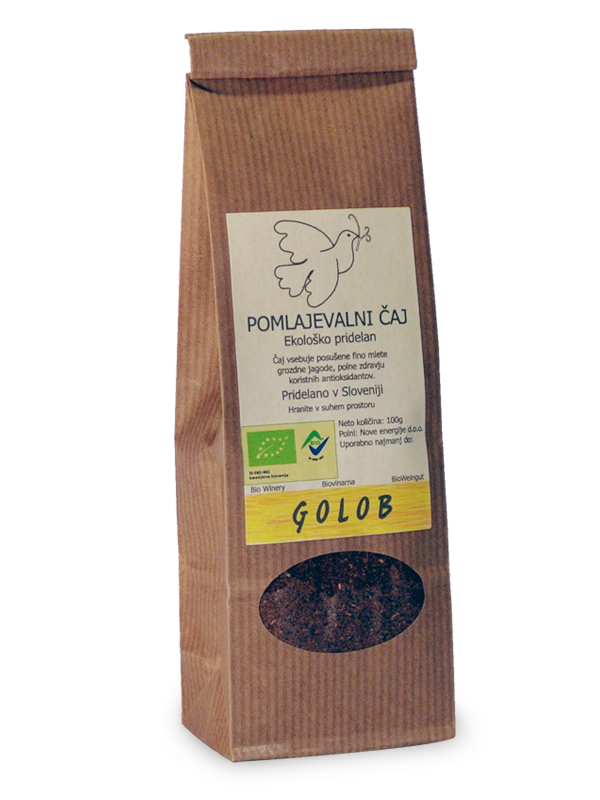Sulphur dioxide, though used for thousands of years, is still regarded as the most important additive in modern day winemaking. History indicates that the compound was first used by Roman winemakers over 2000 years ago, who recognized that if sulphur candles were first burnt inside empty wine containers, then the wine they held would last longer, keep their colour and not take on a sour vinegar-like taste. Today, sulphur dioxide is usually added in the form of sulphite or bisulphite, and it plays many roles in the making of rich, distinctive wines.
One of the most important uses for sulphur dioxide is to help prevent wine spoilage by bacteria and oxidation. Due to its significant antibiotic and antioxidant properties, the compound is very effective in maintaining wine freshness. Without the additive, wines would only last a few months. Sulphur dioxide’s antimicrobial action is also instrumental is preventing the development of volatile acidity (VA), which is essentially the act of turning wine into vinegar. It accomplishes this by inhibiting the activity of bacteria, yeast and other microbes. While volatile acidity is a part of the fermentation process and has even been described as a part of the character of old Italian wines, too much VA can definitely ruin the flavour and aroma of even the most excellent wines.
So crucial is sulphur dioxide to the winemaking industry that it is even used to clean equipment. A simple solution of water, citric acid and sulphur dioxide is the popular cleaning agent of winemaking apparatus. While compounds of ozone are also extensively used in the sanitation process, other cleaning agents such as detergents or bleach cannot be used for fear that they might lead to defects in the wine or damage expensive wine-making equipment.
As we have seen, sulphur dioxide is very important in wine production. But while there are many clear advantages to using sulphur dioxide in wineries, it should be noted that there are a few disadvantages to using the compound as well.
Sulphur dioxide, easily recognized by its sharp, pungent smell, is widely known as a toxic gas. Some individuals exhibit strong allergic reactions when exposed to it. Scientists believe that the sulphites present in wine react with stomach acids to release sulphur dioxide gas, which causes the airways to become irritated and constricted. Coughing, wheezing and a general tightening of the chest are common reactions. The symptoms are even more pronounced for individuals who already suffer from asthma and allergic rhinitis. Sulphur dioxide is also thought to be one of the likely factors which contribute to red wine headaches. For people who are interested, Golob Sauvignon Blanc is one excellent example of an organic sulfite free wine.
Despite these drawbacks in using sulphur dioxide, it remains an important component of the winemaking industry, primarily as a preservative. The fact is that all wines contain some amount of sulphur dioxide as yeast themselves produce the gas when fermenting grape juice. So it is highly unlikely that wine which is 100% free of sulphur dioxide will ever be produced.
Wines which have extra sulphur dioxide added to them though, are labelled as containing “sulphites” depending on the concentration of sulphites present. It means then, that if a suitable preservative were to be found, winemakers could significantly reduce the amount of sulphur dioxide used without sacrificing wine quality or longevity.
Happily, a new breakthrough in winemaking has seen one such compound used in the production of delectable red and white wines. Using this new 100% organic agent, the taste, aroma and colour of young wines are maintained and the wines are also admirably preserved. While this new all-natural ingredient currently remains a trade secret, wine lovers will be happy to know that they can continue to enjoy rich flavourful wines without any added risk to their health.
References
http://www.allergyuk.org/sulphites-and-airway-symptoms/sulphites-and-airway-symptoms
http://www.eco-consult.net/The%20use%20of%20Sulphur%20Dioxide.pdf
http://www.practicalwinery.com/janfeb09/page1.htm
https://winemakermag.com/676-the-perils-of-volatile-acidity
Image courtesy of Dennis Jarvis



